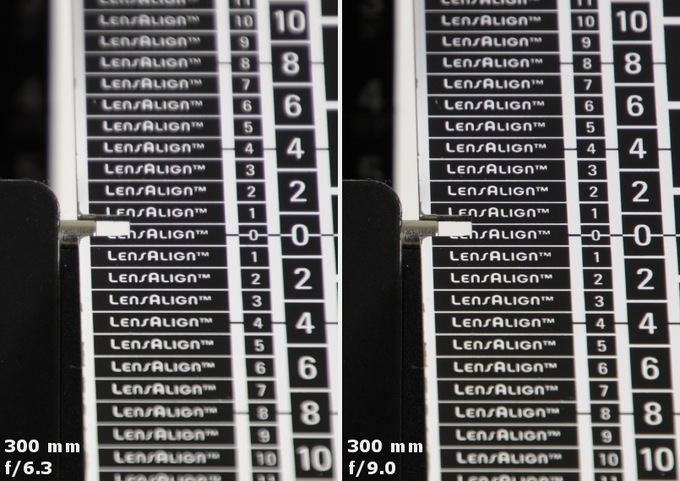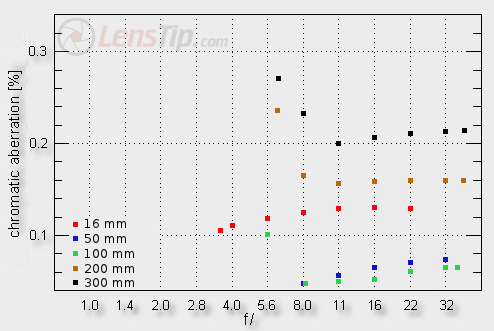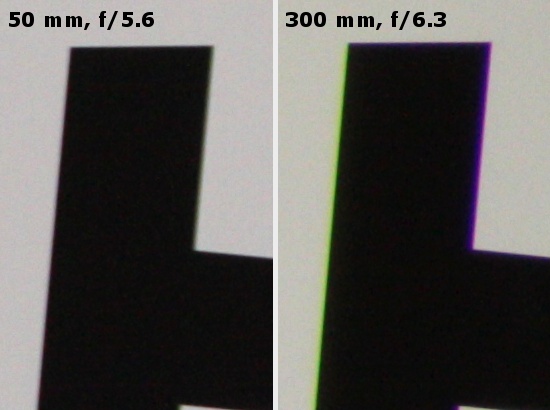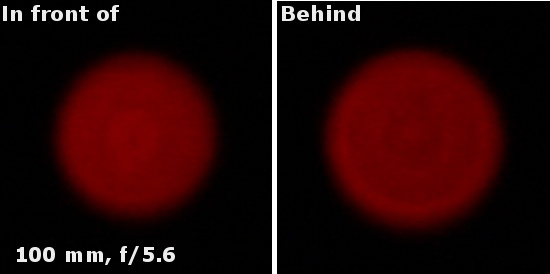Tamron 16-300 mm f/3.5-6.3 Di II VC PZD MACRO
5. Chromatic and spherical aberration
The tested lens doesn’t have any problems with the longitudinal chromatic aberration and it can be noticed in photos, shown below.
 |
Please Support UsIf you enjoy our reviews and articles, and you want us to continue our work please, support our website by donating through PayPal. The funds are going to be used for paying our editorial team, renting servers, and equipping our testing studio; only that way we will be able to continue providing you interesting content for free. |
- - - - - - - - - - - - - - - - - - - - - - - - - - - - - - - - - - - - - - - - - - - - - - - -
The situation is not so easy with the lateral chromatic aberration, though. That aberration is negligible at 50 mm – so negligible in fact that the level of 0.03-0.04% you get with the lens wide open didn’t make it to our graph. The situation is very similar at 100 mm, with the maximum relative aperture being an exception because the aberration jumps to 0.10% there. Still you see nothing to be seriously worried about.

At 16 mm you deal with a medium level of that aberration, as it depends weakly on the aperture value, keeping a level of 0.11-0.13%.
The real catastrophe occurs at 200-300 mm. Already at 200 mm the level of that aberration is huge, reaching as high as 0.23% at the maximum relative aperture. Fortunately on stopping down the situation improves a bit. Still the maximum focal length is the worst – its chromatic aberration level at the maximum relative aperture reaches monstrous values, not decreasing below 0.2% even after stopping down.
 |
Spherical aberration
In a range from 50 to100 mm you see some problems with spherical aberration in a form of slight „focus shift”. Also the appearance of defocused light points in front of and behind the focal plane differs a bit as you can see when comparing the crops below.







